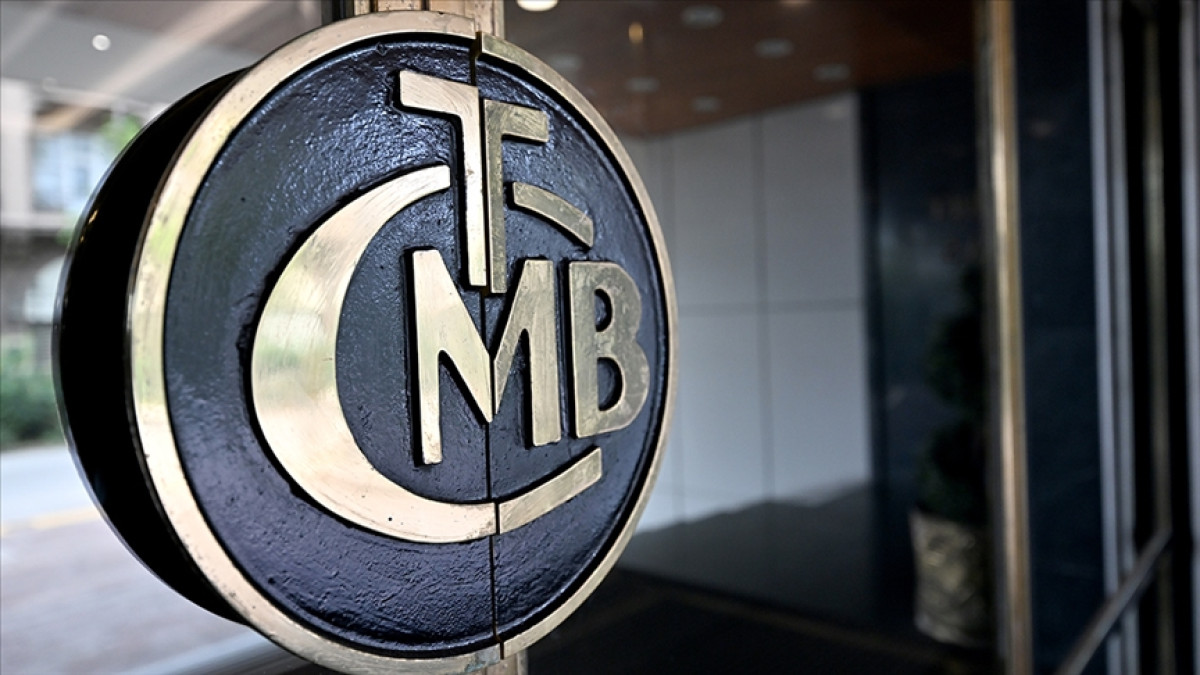
Are You a Rich Retiree? Differences Between Net Worths


Two Faces of Existence When Retiring
While receiving a salary, it is easy to gather information about your financial situation. However, during retirement, the basic criterion is no longer income but savings. At this point, the question of whether retirees consider themselves "upper-middle class" or truly "rich" becomes complicated.
The most reliable way to define this line is to start with data, not feelings. The U.S. Census Bureau divides American households into five equal groups, each representing 20% slices according to income rankings.
Analysts can use this structure to predict class labels. The middle 20% is approximately between 40% and 60%, referred to as the "middle class." The next 20%, between 60% and 80%, is defined as "upper-middle class." Those above 80% fall into the upper class category.
In retirement, income tells only half the story. A more informative measure is net assets, and the most reliable sources in this regard are the Federal Reserve's Consumer Finance Survey and DQYDJ Net Worth Calculator. These resources convert survey data into percentage slices by age groups. This represents the most current visualization available until the Federal Reserve releases new data in 2026.
For households aged 65-69, entering the upper-middle class requires approximately $550,000 in net assets, while for those aged 70-74, this value rises to $700,000.
Transitioning to the upper class requires about $1.5 million in the 65-69 age group and around $1.65 million for those aged 70-74. To be considered truly "rich," one must possess around $7 million in net assets, placing them in the top 5%, approximately the 95th percentile.
These figures include not only investments but also the values of primary residences. Many retirees have fully paid off their homes, and the long-term value appreciation often explains the transition between upper-middle class and upper class net assets. A fully paid home in a high-demand area can elevate even a modest portfolio to seven-figure numbers.
There is a significant difference between owning a home and being a renter. According to the Consumer Finance Survey, the median net worth of a typical U.S. homeowner is $396,200, whereas that of a renter is only $10,400. This shows that homeowners have almost 38 times more wealth and underscores how long-term homeownership can shape financial stability in retirement.
However, wealth on paper does not always translate to comfort in practice. Lifestyle, debt levels, and spending habits greatly impact how "rich" retirement feels. A retiree with a fully paid home, low expenses, and steady income from Social Security and investments may have the chance to live as well or better than someone with double their net worth. Comparison can be a joy thief, but context is its antidote.
Therefore, instead of chasing arbitrary figures, it is essential to focus on what truly matters. Keeping debt low, preserving savings, creating a realistic budget, and allowing your money to grow are crucial steps. A solid financial plan can go beyond the percentage tables. If you are unsure where you stand, consider working with a financial advisor who can develop strategies aligned with your goals. Because in retirement, wealth is not only about how much you have but how well it works for you.
.png)
Yakında Tüm Platformlarda
Sizlere kesintisiz haber ve analizi en hızlı şekilde ulaştırmak için. Yakında tüm platformlarda...







.png)